
Last night I finished a truly excellent book, which I received as a gift from a friend in Baku. Not only did I learn a great deal from it, but I enjoyed every minute that I spent reading it. It’s Ali and Nino, by the mysterious Kurbain Said, who was recently shown to be none other than Lev Nussimbaum, aka Assad Bey, a man who grew up Jewish in Baku, converted to Islam, presented himself in Berlin as a Muslim prince, and died in poverty in 1942 in Italy after the Nazis discovered his Jewish background.
I’m not up to writing a full review of the work, but I can say that it is at once a gripping love story and an exploration of life at the fulcrum between Europe and Asia, the Southern Caucasus. Kurban Said’s treatment of the interaction between European enlightenment ideas and traditional Islamic metaphysics and betwen Christian and Muslim attitudes to gender, family, and honor is insightful and perceptive. His description of the interaction between the ethnic groups of the region (and the horrible animosities among them that have persisted to the present, especially between Armenians and Azeris) is fascinating, as is his treatment of the creation of identity, something that was obviously central to his own life, for he did not merely receive or inherit his identity, but actively fashioned it. Moreover, the turbulent events of the First World War, Azerbaijan’s brief independence, and the Soviet invasion are brilliantly described.
Ali and Nino is a wonderful book. I recommend it most highly. (And my deep gratitude to Tural, for introducing me to the book! I have since bought copies for others who I think will also benefit from it.)
(I remembered that last year I read a review of a recent biography of the author, Tom Reiss’s The Orientalist: Solving the Mystery of a Strange and Dangerous Life. Now that I’ve read Said’s book, I’ve ordered the biography.)

The Faces of Lev Nussimbaum, Essad Bey, Kurban Said
P.S. I’ve not blogged much lately, as I’ve been both very busy and rather ill. Fortunately, I’m recovering, thanks to medicine and sleep.




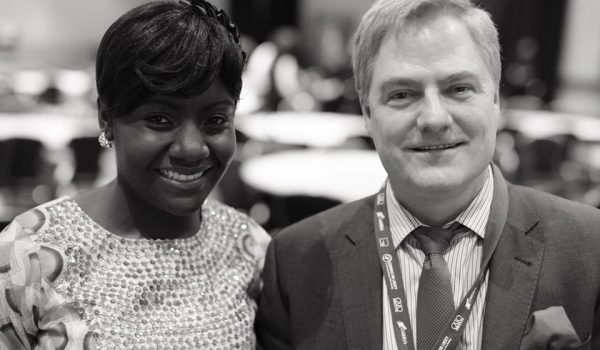
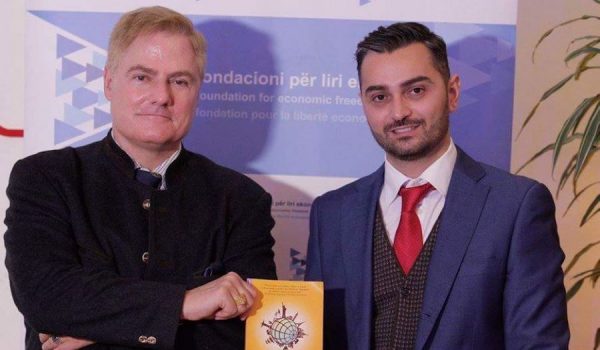
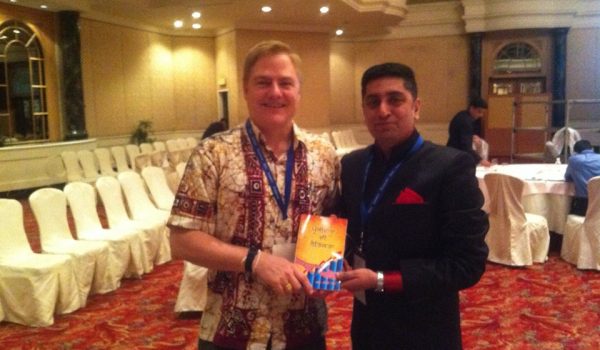
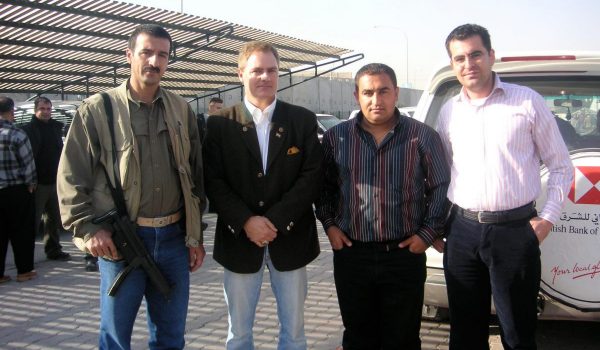
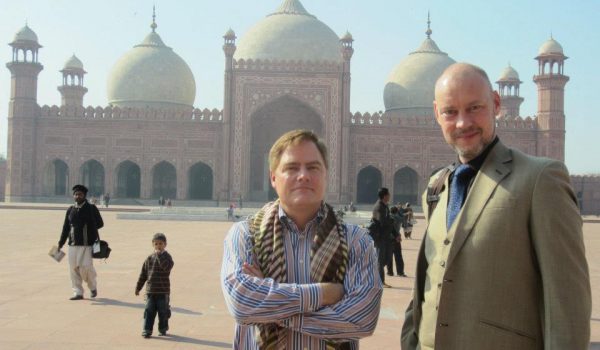
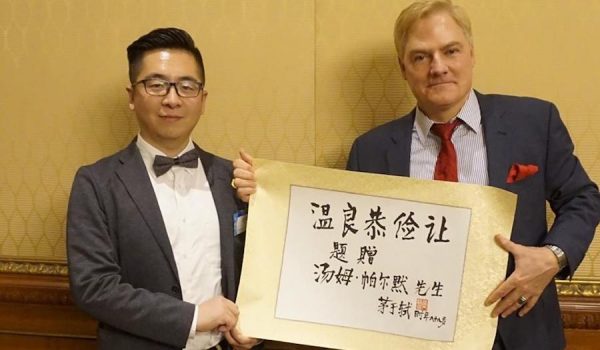
Thanks, Tom, it is really fascinating book!
There are two more books written by Essad Bey,Kurban Said which I read in Azeri but i believe was translated from German. These 2 books are great source of knowledge and informatione for people who wants to undertsand Islam from the historical perspective. One is “Mahomet” by Essad Bey which is, to briefly put, about Arabs before Islam, Prophet Mohammed’s lifetime, and Islam at the beginning of 20th century.
The other book, again in German, is “Allah is Gros”, co-authored by Essad Bey and Wolfgang von Weisl. It is about historical fights between Europe and Islam, decline and later revival of Islam at the end of 19th and beginning of 20th centuries refering to interesting facts with the use of authors’ specific style of language that makes it even more interesting.
Unfortunately, I have both books in Azeri only but am sure one can find them in German.
If interested, let me know, i will find them in German for you.
Thank you, Tural.
I’m going to be in Germany for a few days next week to attend a wedding and a retirement party for a good friend and I’ve already ordered a number of German books from Amazon.de to be shipped to my friends there (the transatlantic shipping is staggeringly expensive), including Essad Bey’s “Ali und Nino,” “Mohammed,” and “Das MÃ?Â??Ã?Â?Ã?¤dchen vom Goldenen Horn.” (I’m also taking the opportunity to get a number of book on history and political thought.) I enjoyed Ali and Nino so much that I’m going to try to enjoy it in German, too.
I’m also reading a few books on the Qur’an, which I have found an exceedingly difficult book to understand. One that’s been helpful is “Understanding the Qur’an: Themes and Style,” by Muhammad Abdel Haleen of the University of London (and translator of the new Oxford University Press version of the Qur’an). He takes the hermeneutical view that the Qur’an stands together as a whole and is divinely ordered. The other, which takes a much more skeptical and archeological approach, is “The Origins of the Koran: Classic Essays on Islam’s Holy Book,” ed. by Ibn Warraq. Those essays argue that the Qur’an borrowed from other books, was put together in historical time (rather than existing eternally), and so on. The two different approaches are helpful to read at the same time (much like a great deal of biblical scholarship), because one seeks to make sense of a work as an ordered whole, while the other seeks to make sense of it as a historical artefact. Maybe Essad Bey’s works will help, as well. (And if they’re as engaging as his novel, they should make a great read.)
Dear Tom,
I read Kurban Said’s “Ali and Nino” in two languages:Azerbaijani and Russian. It never happened to me with any other book, belive me, I got so much inside of this novel that would never think that is was actually translated. I compared it with myself and my friends. So many of us love our country very much but facing with unnecessary prejudices and stereotypes from the society,illogical and useless norms which are dictated to you by others. It is impossible to quench the fire of Liberty in our hearts like they couldn’t do it with Ali…..
Dear Tabriz,
That is high praise, indeed. I’m getting it in German, so between us we will have read it in 4 languages. (And I’ll have to check on the Russian edition for some friends.)
I’m sure that with people such as you, the future of Azerbaijan will be a bright one. (It will take time, of course, but time plus determination are a powerful combination.)
a great love story is exellent story i like it
&chractore